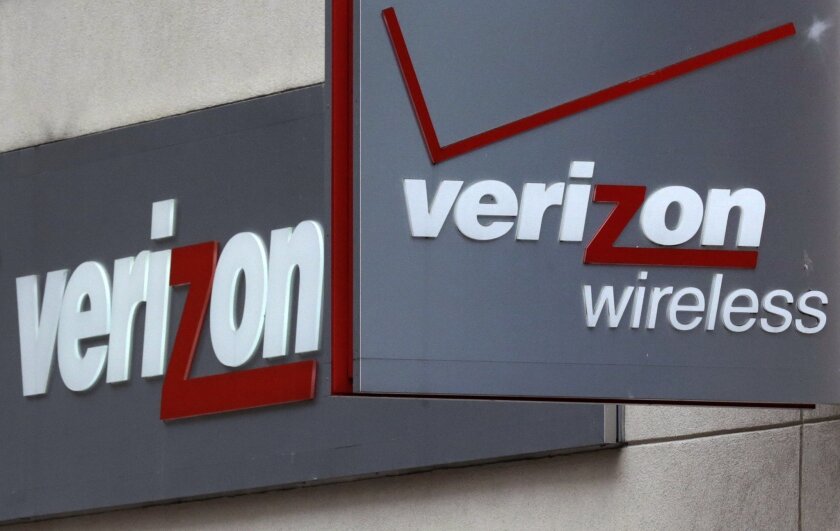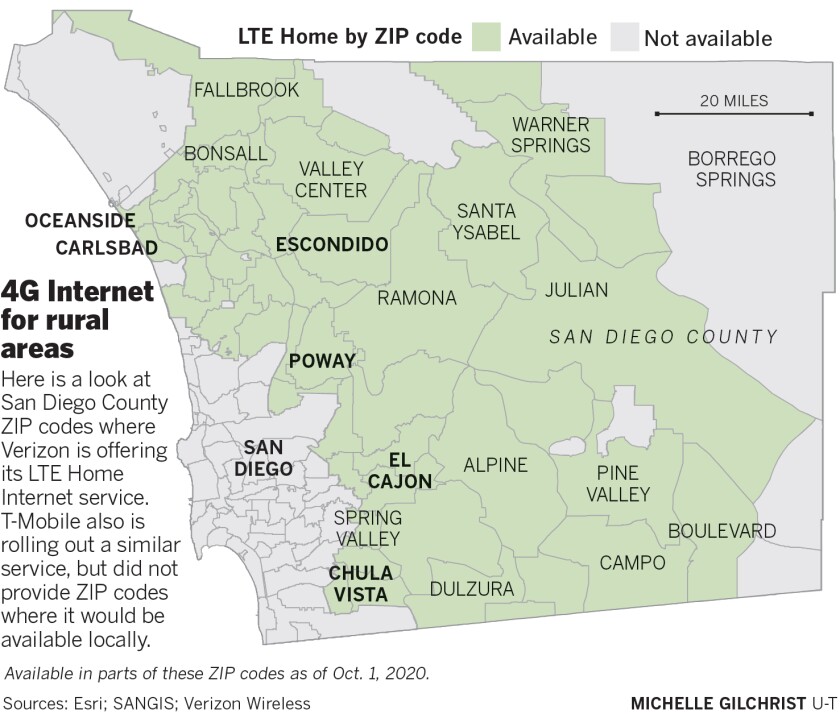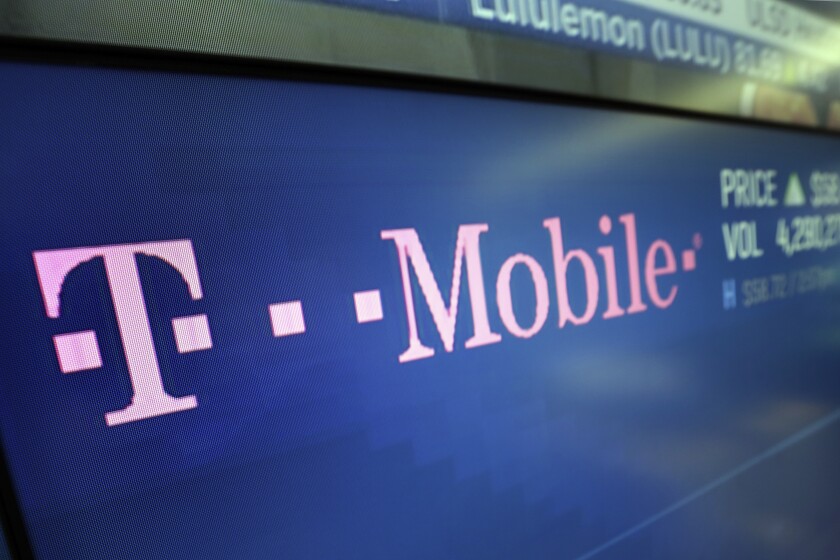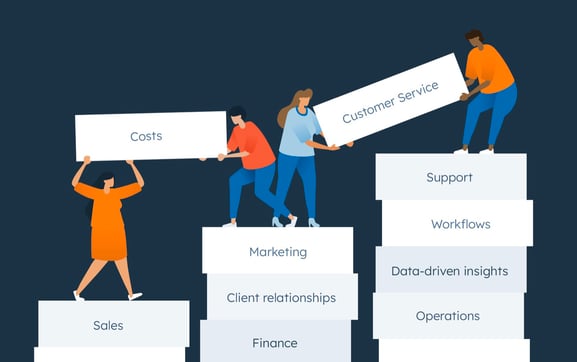New 5G networks were supposed to be the battleground where wireless carriers began competing with cable and fiber providers in the home Internet market.
But with ultra-fast 5G not widely available yet, both Verizon and T-Mobile have recently rolled out home Internet services powered by their 4G LTE cellular networks.
These 4G broadband offerings aren’t promising blazing-fast speeds. But they are relatively inexpensive and target more rural areas where sluggish DSL Internet service is common.
Last week, Verizon rolled out LTE Home Internet in rural communities in 48 states. It promises download speeds of 25 megabits per second on average, with upload links at 3 to 5 megabits. It’s unlimited, meaning there are no data usage caps.
Verizon’s LTE Home costs $40 per month for people who are current Verizon Wireless customers, and $60 per month for people who aren’t. Subscribers also need to buy a $240 router, which can be purchased in monthly installments over two years.
“We built this product off of our existing 4G LTE network, and we are offering it in places where we have capacity in our network to support this kind of experience while maintaining the mobile experience that we have,” said Brian Danfield, vice president of Verizon 5G commercialization.

LTE Home is available in areas where Verizon doesn’t offer its fiber-optic FiOS Internet service or its millimeter-wave 5G Home product. The company provided a list of zip codes where the service is available, including San Diego County backcountry communities such as Julian, Dulzura, Pala, Valley Center and Warner Springs.
“It is rural-focused,” said Danfield, “so we are looking into those places where we can serve a significant portion of the area, and also where they might not otherwise have broadband choices.”

About a year ago, Verizon customers in South County experienced dropped calls and poor reception. The company blamed the problem on interference from a wireless operation in Mexico. A Verizon spokeswoman said last week that the San Diego/Mexico border interference issue was resolved in May.
T-Mobile also launched a 4G LTE home Internet service on Thursday. Touted as an alternative to DSL, T-Mobile Home Internet costs $50 per month for up to 50 megabits per second download speeds. There are no data caps and no router/hardware rental fees.
T-Mobile has been piloting the service in three counties around Grand Rapids, Mich. The service is available on a first-come, first-served basis based on equipment inventory and local network capacity.
“The carriers and the cableopoly have consistently over-promised and under-delivered when it comes to broadband access,” said T-Mobile Chief Executive Mike Sievert in a statement “Thanks to our merger with Sprint, we can end this and give millions in underserved communities more choices and competition for high-speed home broadband.”
T-Mobile did not provide specific zip codes in San Diego County where its LTE-based residential Internet is available, but a spokesman said it is being offered generally in the Carlsbad, San Diego and Chula Vista areas.

“We’ve based service locations on the places where we have enough spectrum available to deliver great service,” the company said in an email. “Thus, service availability will fluctuate as new Home Internet customers are added to the network.”
The availability of broadband Internet has taken on greater urgency during the coronavirus pandemic, particularly in rural and underserved communities as millions of people work, attend school and meet with doctors via online video conferencing.
Estimates vary widely about the broadband shortfall nationwide. The Federal Communications Commission estimates that 18.3 million Americans lack broadband Internet — defined as a minimum of 25 megabits per second download speeds.
But BroadbandNow, a non-profit consumer information and broadband policy group, places the number closer to 42 million.
Many of these underserved people live in rural areas, said Anna Read, research officer with the broadband research initiative at The Pew Charitable Trusts. While some rural towns have cable systems or fiber optic connectivity that can deliver fast Internet, households outside of these high-speed footprints are typically left with DSL or satellite Internet as their main Internet options.
Generally, cellular has not been viewed as offering the functionality of the other Internet options in rural areas, said Read. That’s partly because of relatively low data usage caps, as well as slower speeds if the network is crowded. In addition, cellular is tailored to smartphones, which have smaller screens and sometimes less computing power than laptops for remote work and education.
“Over the course of the pandemic in the last six months or so there has been a significant focus on solutions like (cellular) hot spots or mobile connectivity as a way to connect people quickly,” said Read. “These often provide a short-term bridge where there may be room for more investment for a long-term solution that provides that functionally equivalent access” between urban and rural communities.
Danfield, the Verizon vice president, contends the company’s LTE Home is more robust than a mobile hotspot, with a router designed to handle larger Wi-Fi loads and the extended range required for home Internet. It also comes with an ethernet port.
“This is a purpose-built home service,” he said.





More Stories
iZigg Mobile Review – Does iZigg Mobile Marketing (90210) Really Work?
Internet Fax Services – Do’s and Don’ts
An Introduction To IPTV